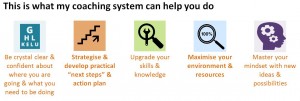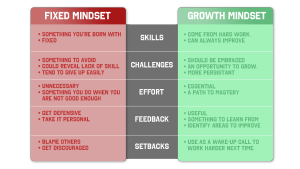I was travelling in the USA in March this year and visited a large educational institution. They have recently revamped a range of courses to improve the “agility” of leaders that they are training. They see agility as a “must-have” for leaders in the coming decades.
I was also reading some thoughts from Lee Colan in relation to “agility.” He says “your agility is a primary competitive advantage.”
Being agile means being quick–responding to things quickly and acting quickly. Agility is a trait of successful leader. Not surprisingly, it’s also a trait of a successful team. It becomes particularly valuable in times of change and uncertainty.
The growing, urban sport of Parkour places a premium on the agility.
Even though your job might not require you to jump over cars or scale walls, the professional leader needs all the agility of a professional athlete. Here are the key characteristics of agility: flexibility, strength, and speed.
1. Flexibility
Stretch your mind to learn new skills and explore new knowledge and approaches. Your life is your own workout gym, where you can build leadership flexibility. Just watch the people around you. Look for nuggets of excellence from a family member, a minister, a speaker at a professional meeting, a fellow leader, your child’s school principal, or a particularly helpful salesperson at a local department store. Observe, read, ask, listen and learn.
There are also lessons to be learned in everything your team does. Look for opportunities in post-project reviews, customer meetings, conflicts with other departments, changes in priorities, miscommunications, and mistakes. Seize all these experiences to build flexibility into future approaches.
2. Strength
Hone existing skills and deepen existing knowledge. This might be core training for the professional athlete, but for the professional leader it’s building your core competence. Regardless of the whirlwind of changing circumstances around you, continue strengthening what you and your team are the very best at. Don’t paint stripes on your back if you are not a zebra. Strengthening your core competence builds confidence. Confidence is critical if you expect your team to blow through barriers or leap unforeseen obstacles.
3. Speed
The quickest way to improve your leadership speed is to quit analyzing and follow your intuition. The business management guru Tom Peters called intuition our greatest gift. It’s the feeling we get when what we are seeing doesn’t match up with the facts we think we know; it’s the sudden move we make without thinking that saves us from disaster; it’s the voice that tells us the truth rather than what we would like to hear.
Intuition is the ability to make quick and sound decisions based on available information.
The agile leader builds an agile team. A team for whom no obstacle is too big. A team who identifies creative solutions to leap over tall obstacles. A team that is hard to beat.



